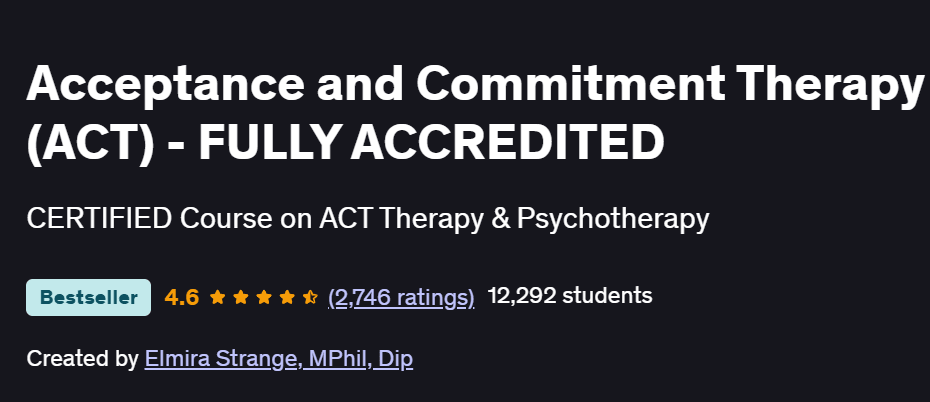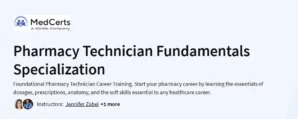What you will learn in Acceptance and Commitment Therapy (ACT) – FULLY ACCREDITED Course
- Understand the key principles of emergency life support and the importance of quick action in life-threatening situations.
- Learn how to assess and manage emergencies, including cardiac arrest, choking, and trauma.
- Study essential life-saving techniques such as CPR, the Heimlich maneuver, and wound management.
- Gain knowledge of how to use medical equipment, such as defibrillators and first aid kits, in emergencies.
- Explore how to perform emergency care for both adults and children in various situations.
Program Overview
Introduction to Emergency Life Support
⏳ 1-2 hours
- Learn the fundamentals of emergency life support, including the role of the first responder.
- Study the importance of assessing the scene for safety and the victim for responsiveness.
- Understand the basics of emergency medical services (EMS) and when to seek professional help.
CPR (Cardiopulmonary Resuscitation)
⏳ 2-3 hours
Learn the steps involved in performing CPR on adults and children, including chest compressions and rescue breathing.
Study how to use an automated external defibrillator (AED) to revive someone in cardiac arrest.
Understand how to assess the victim’s pulse and breathing to determine when CPR is necessary.
Managing Choking
⏳ 1-2 hours
Study the Heimlich maneuver and how to perform it on both adults and children in choking emergencies.
Learn how to manage partial and complete airway obstructions and recognize the signs of choking.
Understand how to use back blows and abdominal thrusts to clear blocked airways.
Wound Management and Bleeding Control
⏳ 3-4 hours
Learn how to assess and treat different types of wounds, including cuts, abrasions, and puncture wounds.
Study how to control bleeding using direct pressure, bandages, and tourniquets.
Understand the signs of shock and how to prevent it by managing bleeding and other injuries.
Handling Trauma and Fractures
⏳ 2-3 hours
- Learn how to manage traumatic injuries, including fractures, dislocations, and sprains.
- Study how to properly immobilize injured limbs using splints or bandages.
- Understand how to assess for signs of head, neck, and spine injuries and the importance of protecting these areas.
First Aid for Children and Infants
⏳ 2-3 hours
Learn how to perform CPR and manage choking in infants and children.
Study the unique considerations for pediatric first aid, including the use of child-sized medical equipment.
Understand how to handle common childhood injuries, such as burns, falls, and poisoning.
Emergency Medical Equipment and Tools
⏳1-2 hours
- Explore how to use emergency medical equipment, such as oxygen masks, bandages, and first aid kits, in various situations.
- Learn the importance of having an emergency medical kit and what essential items it should contain.
- Study how to use a defibrillator, suction devices, and other tools to assist in life support.
Final Project: Emergency Life Support Scenarios
⏳3-4 hours
Apply your knowledge in realistic emergency scenarios to assess and respond to different situations.
Practice managing cardiac arrest, choking, bleeding, and trauma in simulated environments.
Receive feedback and tips on improving your life-saving skills and reaction time.
Get certificate
Job Outlook
- Emergency life support skills are essential for healthcare professionals, first responders, and anyone working in high-risk environments.
- Certified professionals can work in roles such as paramedics, emergency medical technicians (EMTs), lifeguards, and healthcare providers, earning from $35K to $75K annually, depending on experience and location.
- Many individuals also learn these skills to provide basic life support in personal and workplace settings.
Specification: Acceptance and Commitment Therapy (ACT) – FULLY ACCREDITED
|





